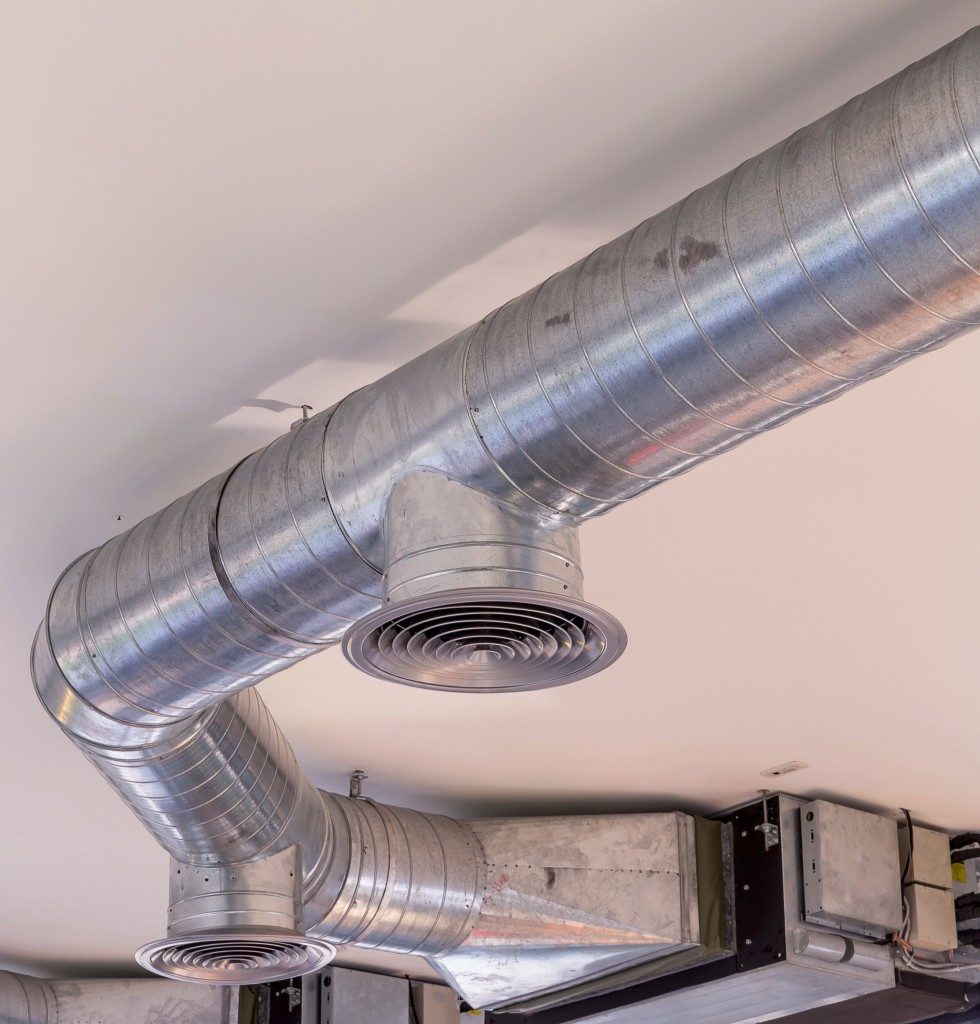There are various machines in your manufacturing facility. The most expensive machines nonetheless remain the lighting, HVAC, and compressed air systems. Industrial air compressors have horsepower ratings of ten to several thousand. They are designed to match the delivery of compressed air demand in your work environment through the maintenance of a discharge pressure within a particular range. You should nonetheless set this pressure to the lowest possible reading without affecting your operation to minimise your energy costs.
There are different stainless steel pipe fittings used for the control of the compressed air your system will generate. The controls that will suffice for your system are primarily dependent on the compressor type you will use and your facility’s demands. Individual controls are, for instance, well-suited for single compressors while multiple compressors will need a sophisticated control strategy. The following are some typical individual controls for air compressors.
Start/Stop Control
This marks the most efficient and simplest control option for air compressors. Start/stop controls can be used in rotary screw and reciprocating compressors. The motor driving your compressors, in this case, will be turned on and off to respond to a machine’s discharge pressure. The pressure switch will generate the stop and start signal for compressors that have horsepower ratings of less than thirty. The repeated use of the start/stop signals might nonetheless cause the overheating of your motor and place greater maintenance need on your compressor parts. You should thus be diligent in getting the right storage receiver size and maintaining a wide pressure band so that your motor starts within an allowable limit.
Load/Unload Control
This is at times called the online/offline control. It is designed to keep your motor continuously running but unload the compressor once the discharge pressure reaches an adequate point. The load/unload control is often used in rotary screw compressors. These will consume approximately 15–30% of their power demand when in a full load without generating a useful output of compressed air. The control thus saves on the energy wasted by switching off the compressor and having it on standby.
Modulating Control

This will vary your compressor’s output so that it meets its flow requirements through the adjustment of the inlet valve. This adjustment causes an air restriction in the compressor. Modulating controls are used explicitly in lubricated screw compressors and reduce their unloaded power consumption by about 15–35% at low flow. They are nonetheless not as efficient controls for compressors as start/stop controls.
Variable Speed Drive Control
This will vary a compressor’s speed in response to the alterations in air demand. The control can be used in both oil-free and lubricated screw compressors where it will continuously adjust the motor’s speed while maintaining constant air pressure. You should nonetheless evaluate the air receiver storage volume for different control and flow scenarios before settling on a variable speed drive control.
The controls mentioned above will make a significant difference in your operating expenses. They are thus essential for all manufacturing plants that want to minimise their costs without affecting their production. Before picking a control system, get an unbiased expert’s input on the one that has the highest impact on your bottom line.

